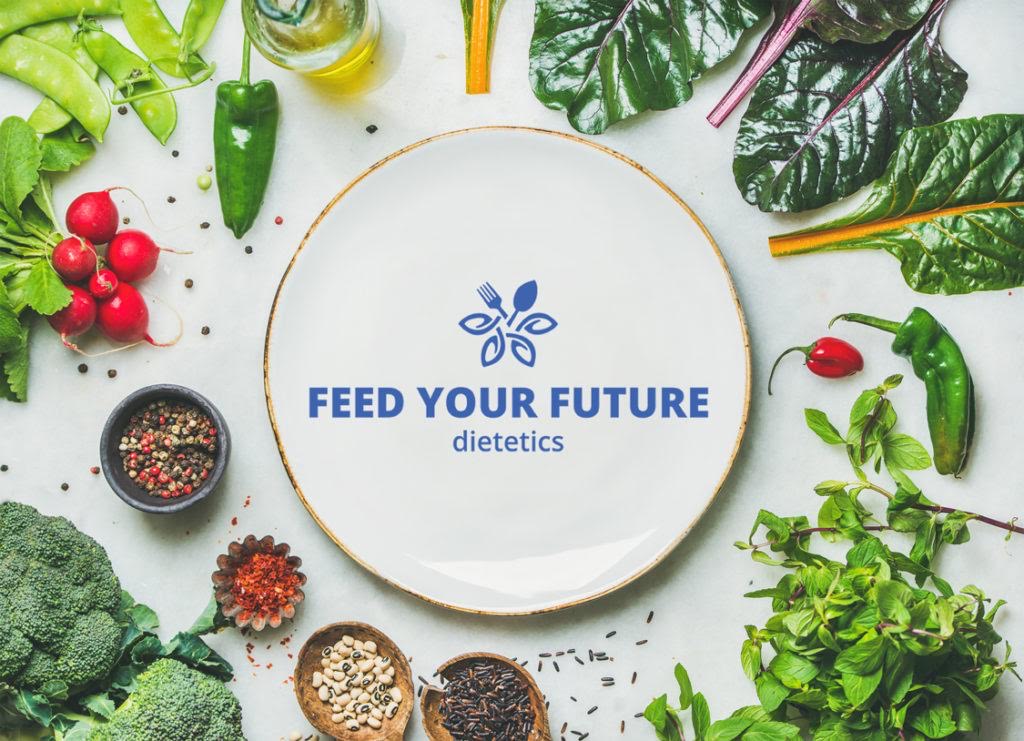It can be so confusing choosing what food or drink products to select with most claiming to be the best! So here are some handy tips when selecting what to put in your trolley:
1. Per 100g:
Look at the serving per 100g/ml. Products do not have to have the same serving size and this can reduce confusion when comparing.
2. Sodium:
When looking for the best product for low sodium aim for a product with less than 120mg per 100g/ml. If this isn’t possible 400mg of sodium is a good rank.
3. Sugar:
Not all sugar is equal. The added sugar is what we want to target as there is natural sugar in fruit, milk and whole grain products like pasta and rice. These foods and drinks contain important components for health and do not need to be reduced or eliminated from the diet.
When looking at the sugar content notice if it is greater than 15g per 100g or higher. If it is, check the ingredients list if sugar is listed as an ingredient closer to the start. Ingredients are listed in order of what is added most.
Other names for sugar can be malt, dextrose, maltose, sucrose, brown sugar, raw sugar, golden syrup, fructose, caster sugar and maple syrup.
4. Fat:
Total fat: aim to be 10g per 100g/ml of less for most products but for ice cream, yoghurt or milk aim for 2g per 100g/ml or less and for cheese aim for 15g or less.
Saturated fat: aim to be 3g per 100g/ml or less.
5. Fibre:
Fibre is so important to keep us regular and prevent constipation as well as reduce the risk of some cancers including colorectal cancer.
Aim to choose a product with at least 3g of fibre per serve.
6. Energy:
Using the per 100g column you can compare what products are lower in energy.
Try using the Australian Guide to Healthy Eating as a guideline (a guide on the number of serves of each food group needed for health in the general population) e.g. if you look at the sometimes food group (also called discretionary) a serve is 600kJ.
Remember knowledge is power and you can use this to help you select healthier options for long term health.
Reference:
Council NHaMR. Eat For Health: How to Understand Food Labels: Commonwealth of Australia; 2012 [cited 2016 07/09/2016]. Available from: https://www.eatforhealth.gov.au/eating-well/how-understand-food-labels




